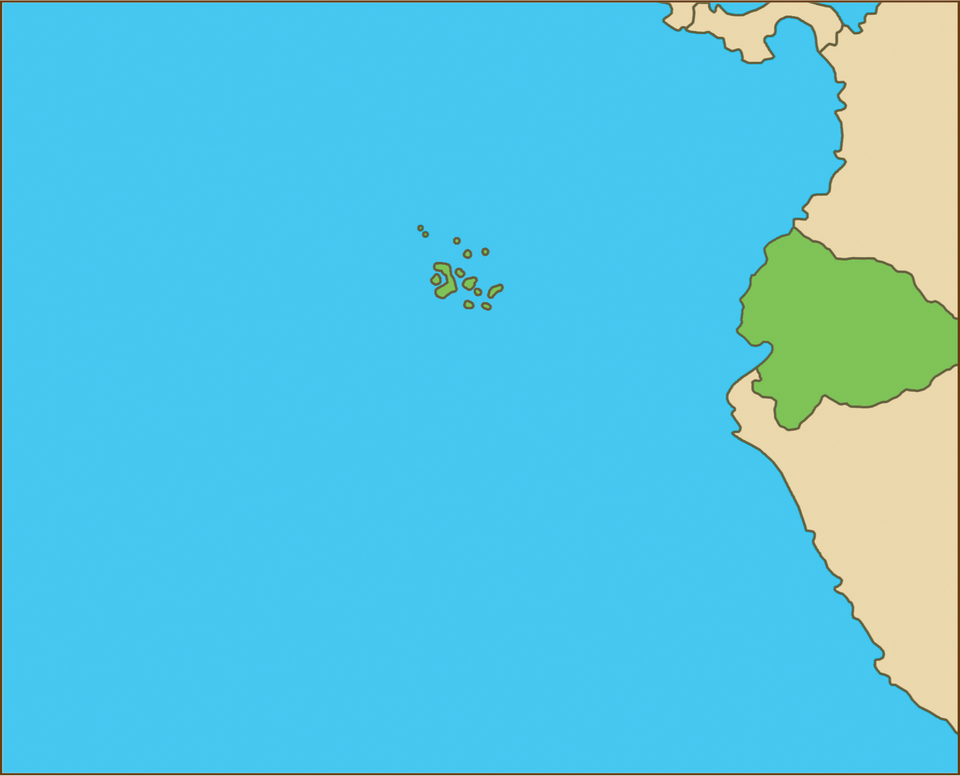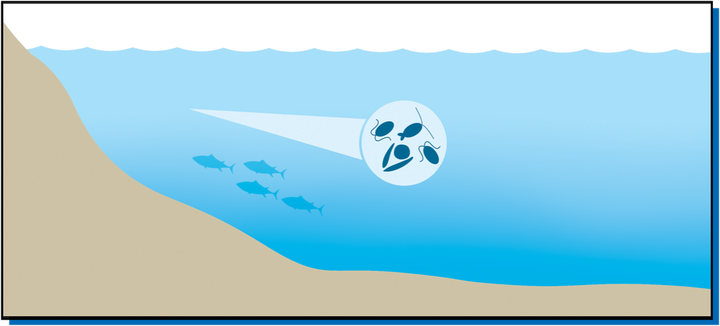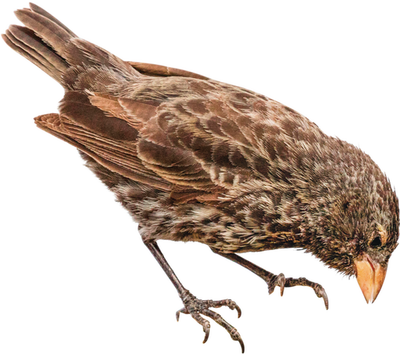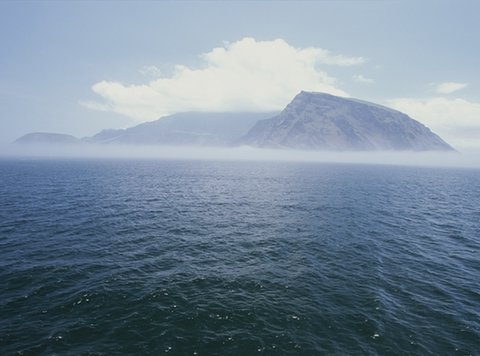CurrentsAreKing
Theislandsareteemingwithlifebecauseofwheretheyformed.Theysitatthecrossroadsofseveralmajoroceancurrents.Theclimatedependsonthesecurrents.Thecurrentsareaffectedbythewindsthatpush them.
Let’sstartwiththeHumboldtcurrent.ItsweepsnorthfromAntarcticaandcarriescold,nutrient‑rich water.
TheHumboldtisadeep‑watercurrent.Withpowerfultradewinds,itcreatesan upwelling.
Atthesurface,windsblowoceanwateraway.Thendeep‑seawaterrisesuptoreplace it.
Whenoceanorganismsdieanddecompose,theysinktothebottomasnutrients.Upwellingbringsupthesenutrients.Theyprovidefoodfortinyliving organisms.

Cromwell current
PeruOceanic current
SouthEquatorial current
Humboldt current
PACIFIC OCEAN
GALÁPAGOS
ISLANDS
ECUADOR
South
America
Panama current

Coldwaterwithmorenutrientsrisesuptoreplacewaterthatispushed away.
Surfacewindspushwaterawayfromthe land.
phytoplankton
UPWELLING
Strongwindsanddeepcurrentscreateupwelling.Theoceanbecomesplentifulwith food.
WhenCurrentsCollide
FromMaythroughDecember,theHumboldtcurrentcollideswiththewarm‑waterPanamacurrent.ThiscurrentflowssouthfromCentralAmerica.Whenthecurrentsmeet,theycreateacoolmist.Cloudsform,andtheislandsseemto disappear.
Meanwhile,theCromwellcurrentmovesinfromthewest.IttravelsthousandsofkilometersfromHawaii.Thiscoldcurrentalsocarriesnutrientstofeedthemarinefood chain.


cactus finch
ThewatersandcurrentsmovingaroundGalápagosIslandssupport life.
DisruptiveForce
DuringaharshElNiño,theHumboldtcurrentiscutoff.Upwellingcannothappen.Thatmeansthereisn’tenoughfoodforseaanimals.Many die.
TheGalápagosisaplacewherenaturefightstostayinbalance.Itwasbornoffire.Itisfueledbywindandwater.Itisfullof life.

